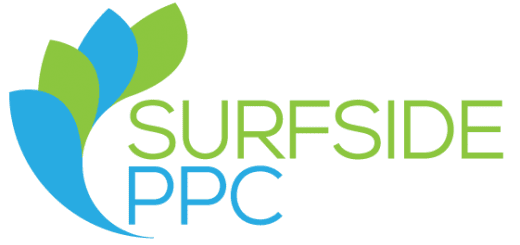What is Lead Generation?
Lead generation is the process of turning strangers and prospects into someone who has shown interest in your company’s product or service. It’s the first step in the sales funnel for B2B businesses and allows you to build relationships with potential customers and guide them through their buying journey.
Why is Lead Generation Important?
- Builds Brand Awareness: By creating content and experiences for your target audience you increase visibility and recognition for your brand.
- Drives Sales: Lead generation is the foundation of your sales process and provides a stream of potential customers for your business.
- Provides Valuable Data: Through the lead generation process you gather information about your prospects and understand their needs and preferences.
- Cost Effective: Compared to traditional outbound marketing lead generation can be more cost effective and higher quality leads.
The Lead Generation Process
- Attract: Create content and experiences to get potential customers to your website or landing pages.
- Convert: Offer something of value (ebook, webinar, free trial) in exchange for a visitor’s contact information.
- Nurture: Build relationships with leads through targeted content and communications.
- Close: Convert qualified leads into customers through sales interactions.
Lead Generation Strategies
- Content Marketing: Blog posts, ebooks, whitepapers and other content to attract and engage leads.
- Search Engine Optimization (SEO): Optimize your website and content to rank higher in search results, drive organic traffic.
- Social Media Marketing: Use LinkedIn, Facebook, Twitter to reach and engage your target audience.
- Email Marketing: Targeted email campaigns to nurture leads and move them through the sales funnel.
- Webinars and Events: Online or in-person events to showcase your expertise and connect with potential customers.
- Referral Marketing: Get existing customers to refer new leads to your business.
- Paid Advertising: Use Google Ads or social media advertising to reach a wider audience quickly.
Lead Qualification
Not all leads are equal. You need to qualify leads to focus on the ones that will convert. Here are the common lead types:
- Marketing Qualified Lead (MQL): A lead who has engaged with your marketing but not ready for a sales call.
- Sales Qualified Lead (SQL): A lead who has shown interest in buying and is ready for direct sales engagement.
- Product Qualified Lead (PQL): A lead who has used your product (e.g. free trial) and shown interest in becoming a paying customer.
Lead Generation Best Practices
- Know Your Audience: Develop buyer personas to understand your ideal customer’s needs, challenges and preferences.
- Create Compelling Offers: Make sure your lead magnets are of value to your target audience.
- Optimize Landing Pages: Design clear and focused landing pages with strong CTAs to maximise conversions.
- Use Lead Scoring: Implement a system to score leads on their likelihood to convert so you can prioritise follow up.
- Align Sales and Marketing: Make sure your sales and marketing teams are working together to nurture and convert leads.
- Test and Refine: Analyse your lead generation efforts and make data driven changes.
Measuring Lead Generation Success
Track:
- Conversion Rate
- Cost per Lead
- Lead Quality
- Time to Conversion
- Return on Investment (ROI)
By measuring these you can refine your lead generation for better results.

Remember, lead generation is an ongoing process that requires continuous effort, analysis and optimisation. By following these strategies and best practices you can build a lead generation machine for your business.

